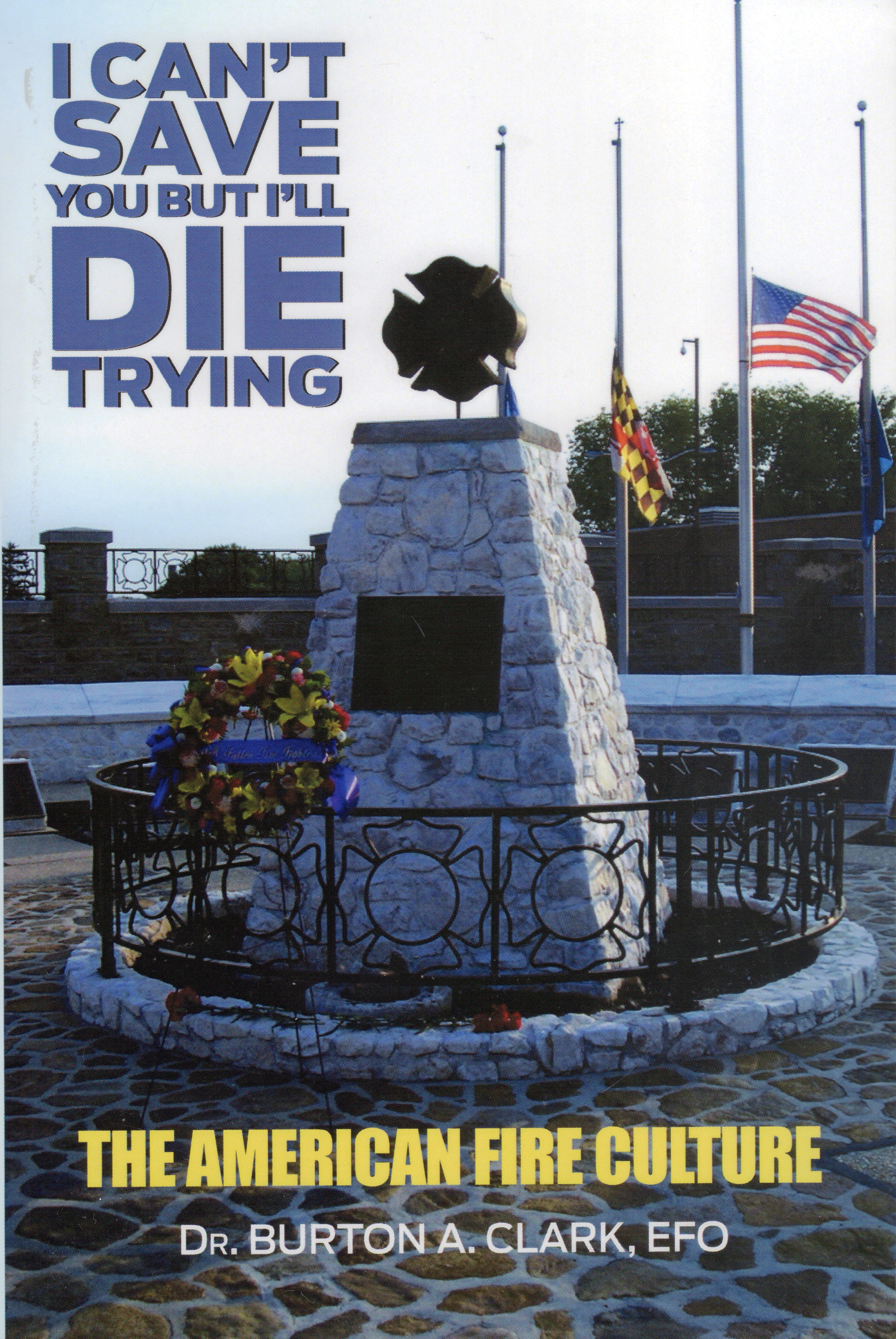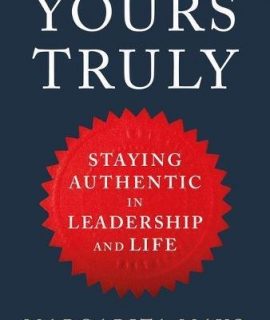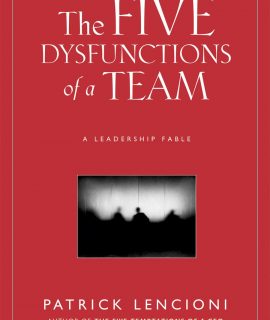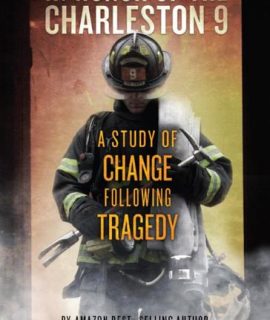I Can’t Save You, But I’ll Die Trying: The American Fire Culture
$29.95
I Can’t Save You, But I’ll Die Trying: The American Fire Culture by Dr. Burton A. Clark, EFO is a selection of essays representing 45 years of fire service experience including operations, prevention, education, safety, leadership, culture, and philosophy. The essays will provide readers with a new understanding of our fire culture from Ben Franklin’s original fire company to today’s professional fire service. And, how the modern fire culture needs to change in order to protect and save lives and property.
Dr. Clark’s book is sure to educate, perhaps offend, but definitely provoke discussion by citizens, administrators, trainers, and especially firefighters committed to saving lives at the risk of their own.
Dr. Clark wants readers to understand, “Society needs to change how it thinks and feels about fire death. When a civilian is killed by fire it is not an act of God, and when a firefighter is killed it is not part of the job. When there is a fire death something went wrong.”
Clark added, “If we as a society are willing to change a few simple behaviors, we could all but eliminate most of the 3000 fire deaths experienced each year. We have the ability, now we need to find the will.”
Dr. Clark looks at issues as few other do. A few examples include:
- Why does the federal government provide a $330,000 death benefit to firefighters killed in the line of duty, yet 33 states have building codes banning mandatory fire sprinklers in new residential construction.
- Why are firefighter deaths considered Line of Duty Deaths, not occupational fatalities, just part of the job?
- Why firefighters must accept our proudest moment is when we accept the fact fire prevention, smoke alarms, and fire sprinklers will save more lives and property then we ever will.
- Why firefighters do not use seatbelts, including the fact that some 17 states exempt firefighters from using seatbelts.
- Why, until 2012 when NFPA standards were changed (in part because of Dr. Clark’s efforts) was the use of the word Mayday (as a call for help) prohibited?
- Why does society seek justice and prosecute an arsonist if the fire was a crime but if there is no bad guy to blame for a fire death no one is held responsible so the rest of the community does not have to change its fire safety behavior. (NOTE: Think lack of working smoke alarms, no sprinkler systems, overloaded electrical outlets, combustibles left near space heaters, food left unattended cooking on a stove, matches left in the reach of children, smoking in bed, clogged dryer vents to name a few things that routinely kill firefighters and civilians.)
Clark maintains, “In the 20th century our fire culture was based on a manual fire protection model (firefighters on fire trucks) for the 21st century our fire culture needs to be based on an automatic fire protection model (fire sprinklers) because it is the most efficient and effective way to fight fire, save lives, and protect property.”
I Can’t Save You, But I’ll Die Trying: The American Fire Culture can help community leaders begin a conversation of consequence about the efficiencies and effectiveness of their fire safety system in their respective cities. Topics range from the philosophical foundation of their own fire culture to the cost of protecting the lives of firefighters, civilians, and property in their community.
You might also be interested in:
Categories
- Firehall Mall
- First Alert Smoke & Carbon Monoxide Alarms
- Coming Soon – Pre-Order
- ATS Online Training
- NFPA Standards & Fire Codes
- Ontario Codes
- Fire Safety & Public Education Materials
- Fire Service & Rescue
- Fire Investigator
- Fire Inspection & Code Enforcement
- Apparatus Driver/Operator
- Fire Protection/Systems & Apparatus
- Vehicle Extrication/Highway Safety
- Hazardous Materials
- Industrial / Facility
- Building & Life Safety
- Fitness / Wellness / Health & Safety
- Wildland
- Management / Leadership / Advancement
- Firefighter Entry Level
- Emergency Medical Service
- Emergency Management/Terrorism
- Firefighting Novels/History/Memoirs
- Deals & Steals








